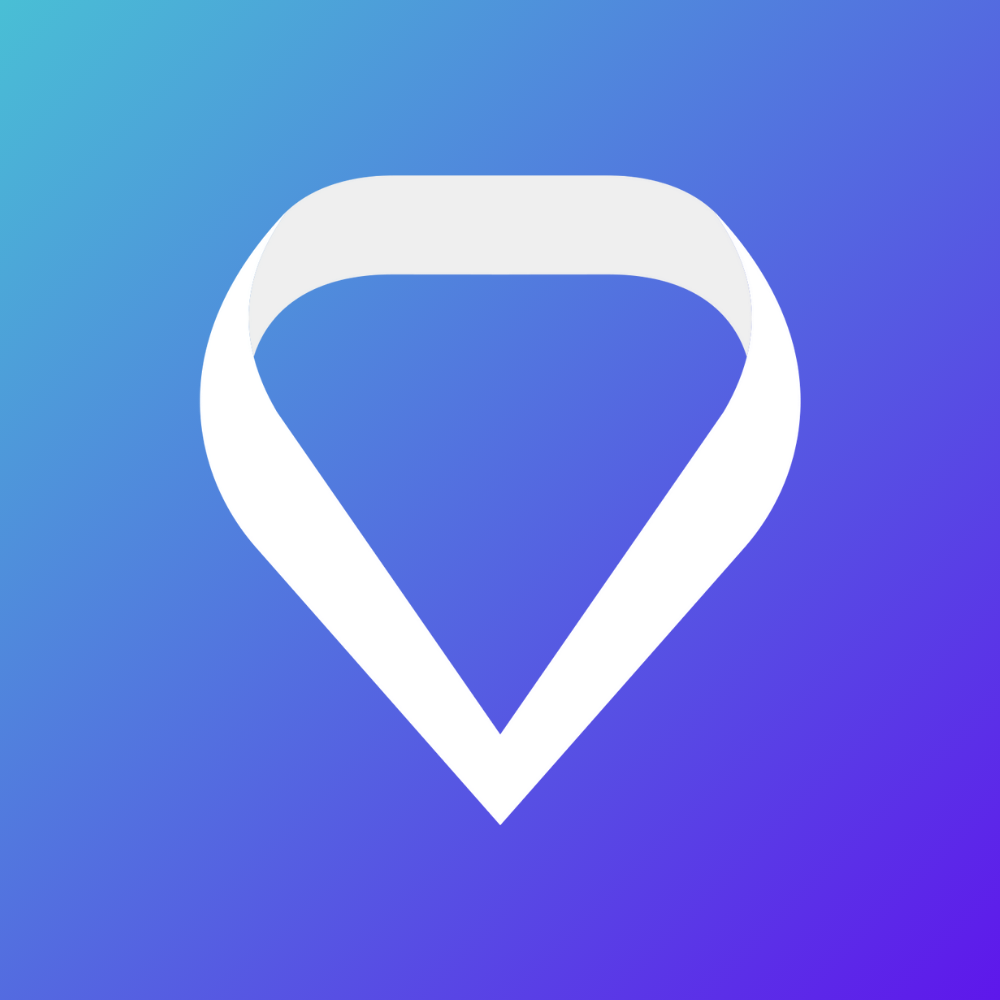Remote patient monitoring for heart failure (HF) management improves the quality of life and outcomes of patients with HF.
Remote patient monitoring serves HF management in several ways, both from a patient outcome standpoint and with the goal of lowering hospital admission rates and their associated costs.
The incidence of HF remains high, and patients with HF are at risk for frequent hospitalizations. Remote monitoring technologies may provide early indications of HF decompensation and potentially allow for optimization of therapy to prevent HF hospitalizations. The need for reliable remote monitoring technology has never been greater as the COVID-19 pandemic has led to the rapid expansion of a new mode of healthcare delivery: the virtual visit.
With the convergence of remote monitoring technologies and reliable methods of remote healthcare delivery, an understanding of the role of both in the management of patients with HF is critical.
- RPM has the capability to save clinicians time, reduce practitioner stress, keep patients better connected, and even improve the health outcomes of the most vulnerable patients.
- RPM is good for patients, removing barriers to care and increasing personal health accountability.
- RPM is a cost-effective way to manage vulnerable patients.
- RPM is covered by federal and private payers, making it sustainable and financially worthwhile for practitioners.
Healthcare costs in the United States have soared to untenable heights, with federal spending rapidly approaching 20% of GDP. Chronic disease and mental health account for nearly 90% of all healthcare spending in the U.S. The treatment of chronic diseases, such as HF, costs 3.5 times more than other conditions. Many of these conditions are preventable or can be managed more effectively through better patient engagement and monitoring.
By leveraging technology to gather patient data outside of a traditional healthcare delivery setting, remote patient monitoring provides numerous benefits for patients, providers, caregivers, and the healthcare system as a whole. As we observe Heart Failure Awareness Week (February 13-19, 2022), here are six key benefits of remote patient monitoring to drive greater engagement and better patient outcomes.
Provides A More Holistic View Of A Patient’s Health Over Time
Via remote patient monitoring, practitioners gain a comprehensive understanding of a patient's health condition and long-term health performance data, leading to:
- More accurate adjustments in medications
- Fewer emergency room visits
- More time between in-office visits
- Consistent monitoring of biometric data, such as medication adherence, weight management, blood pressure control, and physical activity, provides organizations with the ability to detect when patients deviate from the expected course in real-time.
Enables Timely Intervention Before A Costly Care Episode
Given that HF can lead to frequent rehospitalizations and a high use of ambulatory care, a timely approach to detect worsening HF early and intervene prior to an overt decompensation is critical. Patient data obtained through RPM, such as weight and vital signs or more advanced physiological markers like thoracic impedance or intracardiac pressures, can provide early indications of decompensation that, if addressed, could prevent heart failure hospitalization.
Intervention with RPM has also been shown to create lasting, positive effects through the encouragement and reinforcement of lifestyle changes, thus creating a longer-lasting impact on overall health. RPM enables movement of acute care and chronic care monitoring into the home, thus reducing the high costs of inpatient services.
Strengthens Relationships With And Improves The Patient Experience
Two-way communication is a key aspect of the patient-provider relationship. Despite its virtual nature, remote patient monitoring is a high-touch patient engagement strategy that provides more opportunities for meaningful dialogue between the care team and the patient, thus strengthening the relationship and improving patient satisfaction and loyalty. Remote monitoring offers patients a level of comfort that their clinician is constantly watching over them.
Empowers Patients To Better Manage Their Health
Remote patient monitoring offers a way for patients and their caregivers to manage health issues and monitor chronic conditions from home easily. Patients take a more active role in overseeing their health by tracking symptoms, medications, and appointments. Through digital health monitoring devices, RPM helps closely monitor a range of symptoms and chronic illnesses, including hypertension, HF, diabetes, chronic obstructive pulmonary disease (COPD), heart disease, cancer, and COVID-19 symptoms.
Provides A Real-Time Connection With The Healthcare Team
The trust patients establish with their doctors is a critical component of the medical intervention they receive. Patients can receive real-time feedback, coaching, and encouragement when RPM data is integrated with patient engagement software. The ability to ask questions, have challenging concepts clarified, and generally have feelings validated by a healthcare professional is necessary for effective treatment.
Provides Data To Develop A Personalized Care Plan
RPM enables care teams with greater clinical insight into a patient's status between in-person visits and allows them to make informed, proactive care delivery decisions. The data provided through RPM enables the provider to spot trends or make care plan adjustments accordingly. Tracking vital patient data is easier with RPM, reducing the number of in-office visits for some patients, permitting care teams to support a significant patient base while reducing stress associated with burnout.Ready to get started with remote patient monitoring? Schedule a free demonstration today.

%20(1).png)


-2.jpg)

-2.jpg)